Estratégia Financeira
Part 0
30-01-2024
Setting expectations
This is a two-weeks summer course, things will go very fast
For many of you, this is not the first time in this course.
- So, you already know your areas of improvement. Take advantage of that and focus on the areas you can improve more.
You need hours to revise the material.
- Not easy, if you are doing other activities.
Introduction
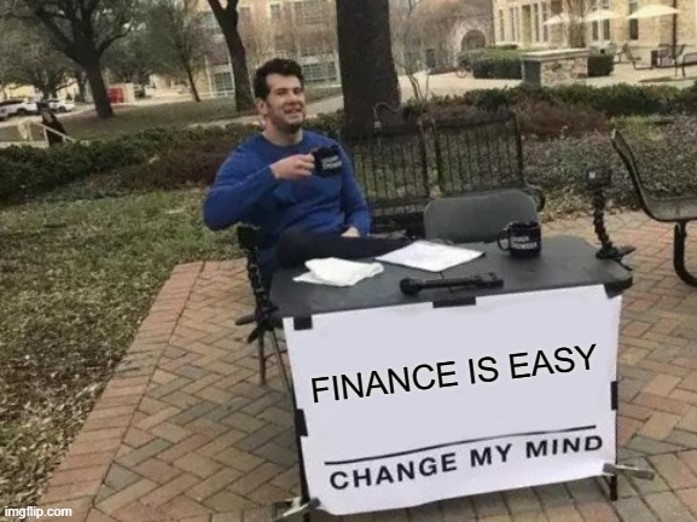
Introduction
Today:
- Introduction to the course
- Discussion about the Syllabus
- Performance assessment
- Initial discussion about finance
- First Chapter
Description
The purpose of the course is to familiarize students with the concepts and techniques related to the analysis and strategic decisions in the areas of investment and financing in a risky environment, always with the purpose of maximizing the company’s value.
At the end of the semester, the student should be able to master the:
- concepts of analysis, measurement, and applications of cost and capital structure,
- including strategies regarding portfolios
- earnings distribution policy,
- finding firm value.
To Midterm:
Ch 23: Raising Equity Capital
Ch 10: Capital Markets and the Pricing of Risk
Ch 11: Optimal Portfolio Choice and the Capital Asset Pricing Model
Ch 12: Estimating the Cost of Capital
Ch 13: Investor Behavior and Capital Market Efficiency
To final:
Ch 24: Debt Financing
Ch 14: Capital Structure in a Perfect Market
Ch 15: Debt and Taxes
Ch 16: Financial Distress, Managerial Incentives, and Information
Ch 17: Payout Policy
Your mission (should you choose to accept it…)
Read the book before class (preferably more than once).
Solve all the problems.
Ask questions.
- This is the best way to learn. I will ask questions all the time during class. I expect that you answer them.
Make notes (with your hand, not your computer)
- Research shows that taking notes boosts academic performance.
- It is better to take a note and throw it away than to take a note on your computer.
Resources

Worthington, D. L., & Levasseur, D. G. (2015). To provide or not to provide course PowerPoint slides? The impact of instructor-provided slides upon student attendance and performance. Computers & Education, 85, 14-22.
BERK, Jonathan, DeMARZO, Peter. Corporate Finance, Global Edition. 5th edition, Boston, MA: Pearson, 2019. https://amzn.to/3jl9YPl
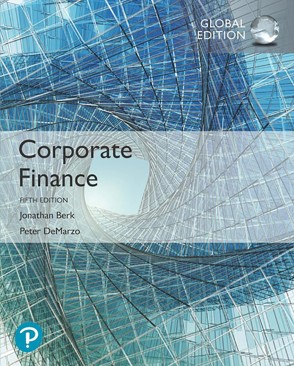
Performance assessment
1 Midterm Exam: 30%
2 Final Exam: 30%
3 Class Participation and problems resolution: 40%
- Participation: 10%
- List of problems (two): 15%
- “Monitored activity” (three): 15%
Read the Syllabus
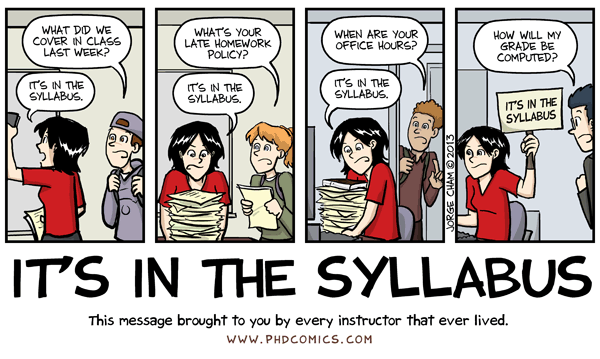
How to study? (Source)

How to study? (Source)
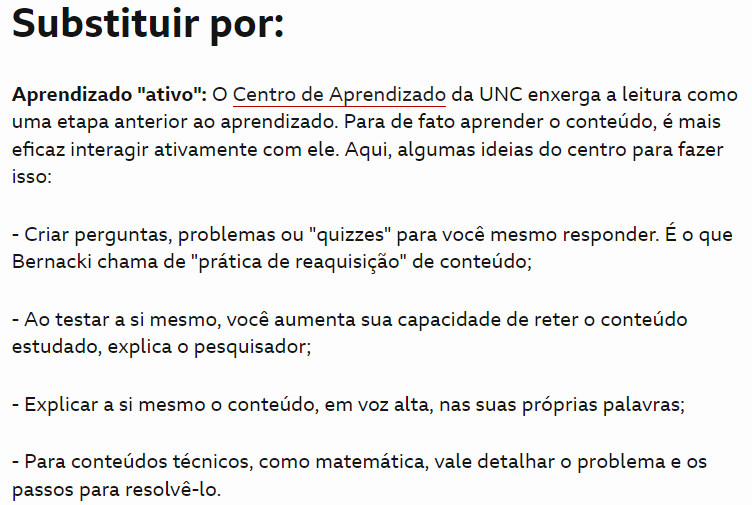
How to study? (Source)
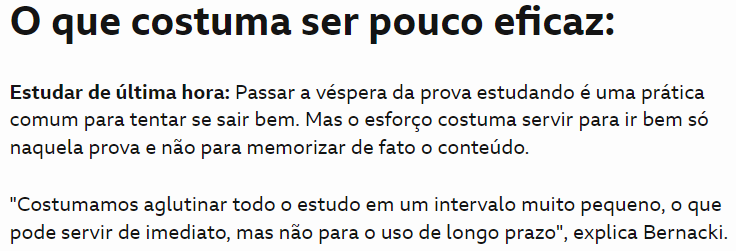
How to study? (Source)
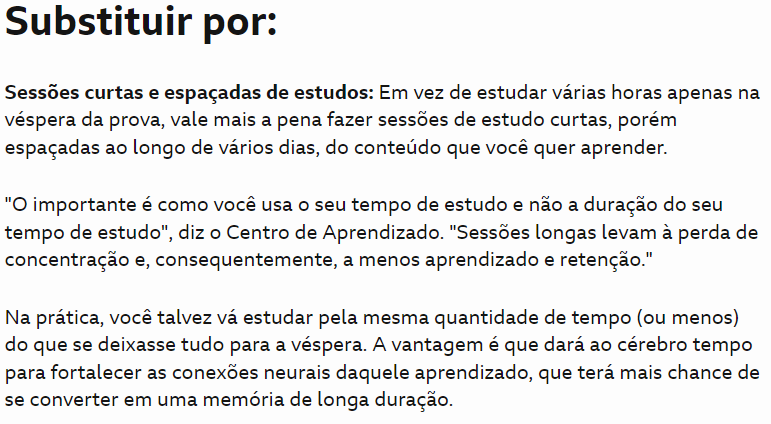
How to study? (Source)

How to study? (Source)
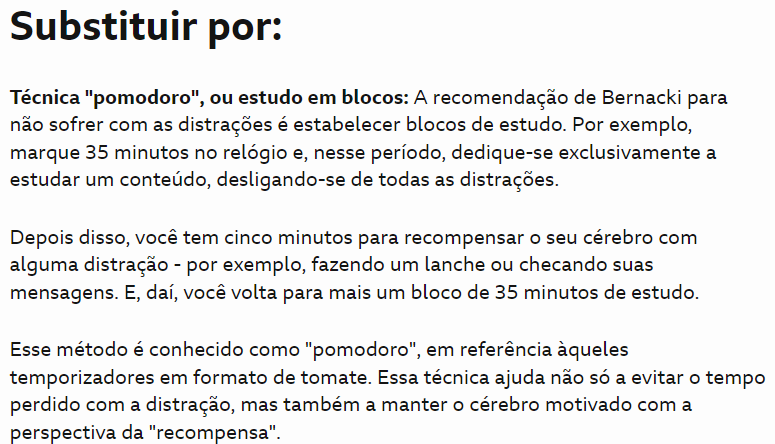
Warming up…



Warming up…



What is Finance?
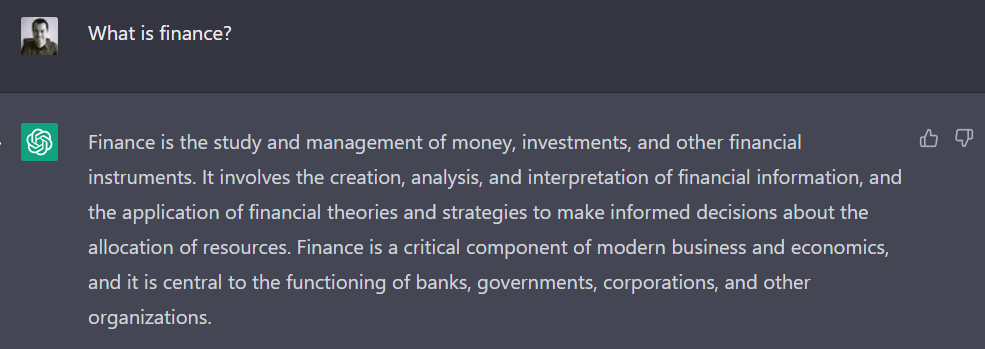
What is missing?
What is Finance?

Which of these answers is better?
Finance is a time machine
Finance is an applied science that deals with the allocation of scarce resources over time under conditions of uncertainty. (Source)

How did you like this lecture?
THANK YOU!
QUESTIONS?

Henrique C. Martins
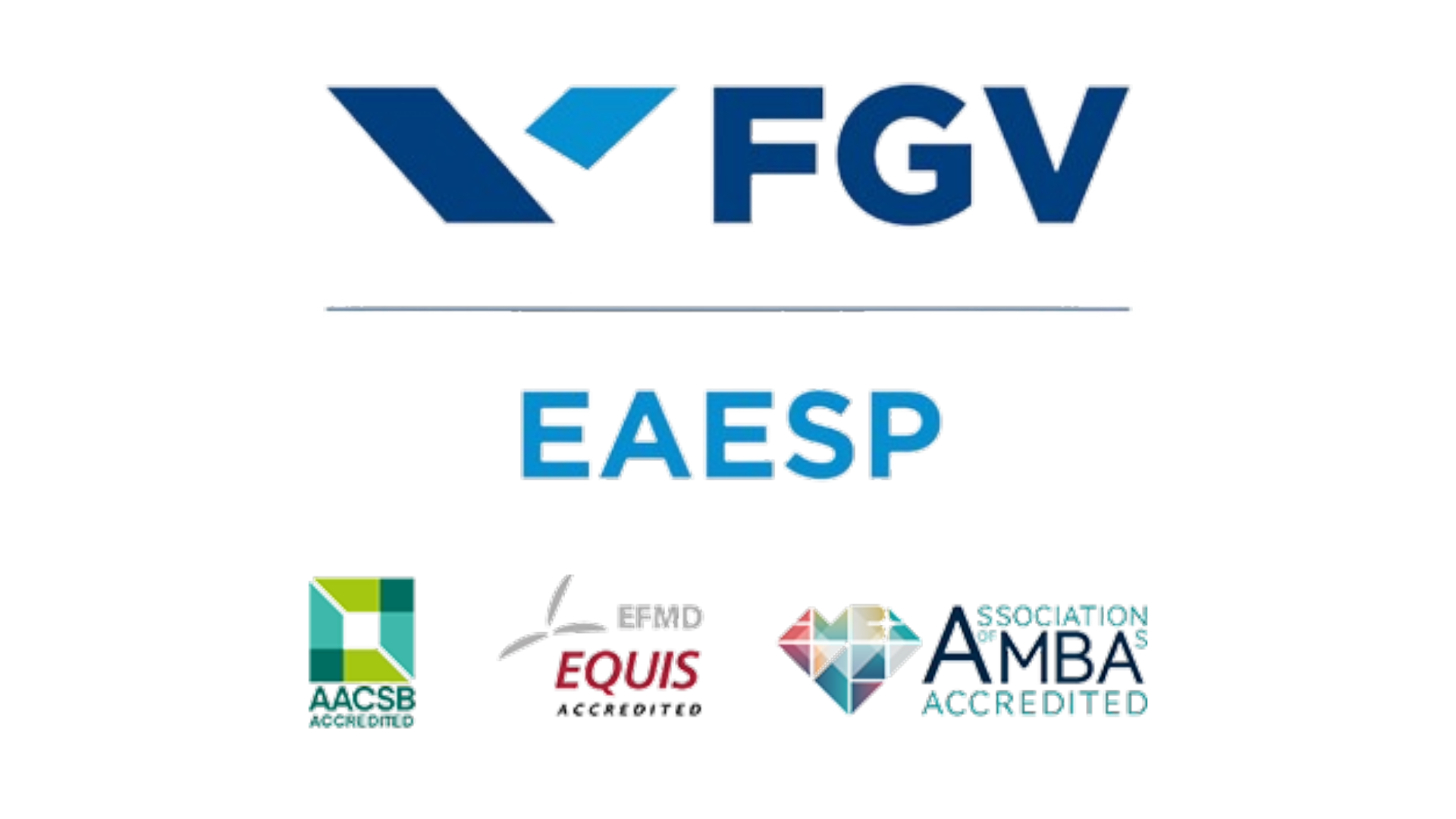
[Henrique C. Martins] [henrique.martins@fgv.br] [Teaching Resources] [Comments]

Comments?